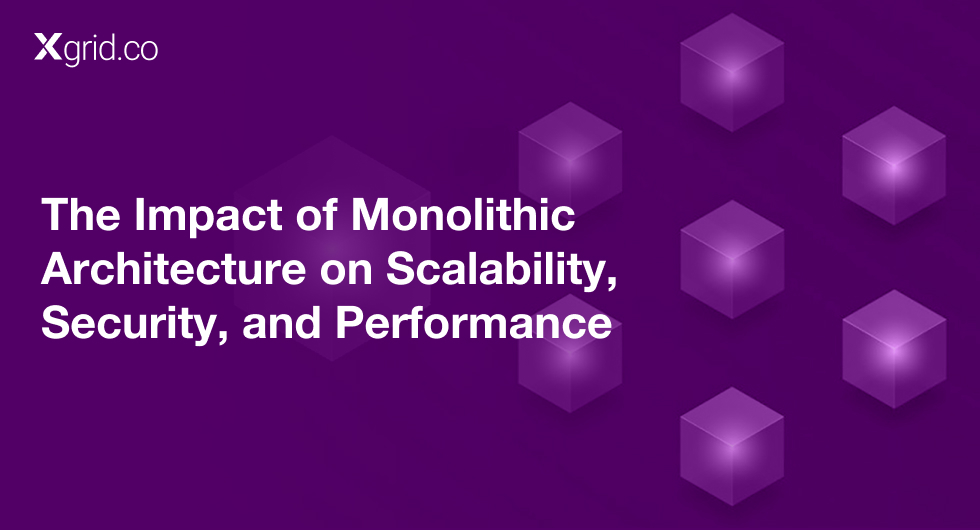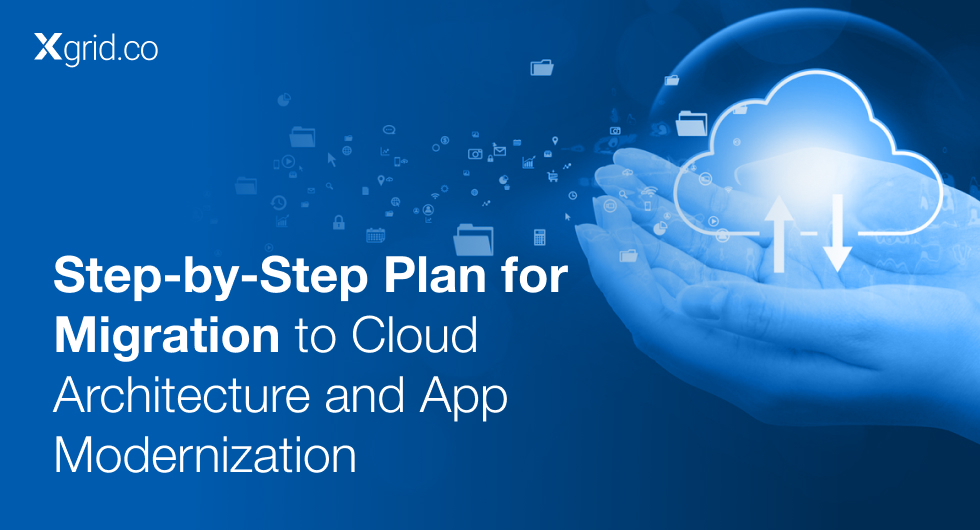Essentials for Effective Data Migration: Strategies and Best Practices
Data migration is a critical component of modernizing IT environments, transitioning to cloud platforms, and enhancing business operations. Effective data migration requires meticulous planning and the application of specific strategies to ensure that data is transferred accurately, efficiently, and with minimal disruption to business activities. This article delves into key data migration strategies, focusing on efficient data transfer methods and minimizing downtime during migration.
Efficient Data Transfer Methods
Successful data migration begins with the deployment of robust data transfer methods. These methods aim to optimize the migration process, reduce costs, and decrease the risk of data corruption or loss.
Downloads
Article (PDF-276 KB)MOST POPULAR INSIGHTS
- Data Profiling: Before initiating the migration, it is crucial to thoroughly analyze and profile the existing data. This process includes understanding the data’s structure, format, volume, and quality. Identify any data dependencies or constraints that could impact the migration strategies. Data profiling helps in creating a clear roadmap for migration and anticipating potential challenges.
- Data Compression and Deduplication: To minimize the physical volume of data being transferred, implement data compression and deduplication techniques. Compression reduces the data size, while deduplication removes redundant data, thereby decreasing the required bandwidth and enhancing transfer speeds. These techniques are particularly beneficial for large-scale migrations where bandwidth limitations are a concern.
- Incremental Data Transfer: Instead of transferring all data at once, consider using incremental data transfer methods. These methods involve migrating only the changes or updates made since the last backup or migration. This approach reduces the volume of data transferred at any one time and minimizes the impact on network resources and system performance.
- Parallel Data Transfer: To further optimize the migration process, leverage parallel data transfer techniques. This involves using multiple channels or connections to transfer data simultaneously, significantly enhancing throughput and reducing total transfer time. Parallel transfers are effective in environments where time windows for migration are limited.
Minimizing Downtime During Migration
Minimizing downtime is paramount to maintaining business continuity during migration. The following strategies help reduce or eliminate downtime.
- Pre-migration Planning: Develop a comprehensive migration plan that includes detailed schedules, resource allocations, and specific measures to minimize downtime. It’s advisable to perform migrations during off-peak hours or planned maintenance windows to lessen the impact on business operations.
- Live Migration Techniques: Employ live migration techniques to enable seamless data transfer while maintaining application availability. Techniques such as database replication, active-active failover configurations, and zero-downtime deployment strategies allow businesses to continue operations without interruptions. These methods require robust planning and testing to ensure they perform as expected under real-world conditions.
- Fallback and Rollback Procedures: Establish clear fallback and rollback procedures to quickly restore previous states in case of migration failures or unexpected issues. These procedures should be thoroughly tested before the migration begins. Having a reliable rollback strategy ensures that the system can be promptly returned to its original state, safeguarding business continuity.
- Communication and Coordination: Effective communication and coordination are critical throughout the migration process. Maintain open lines of communication with all stakeholders, including IT staff, end-users, and business leaders. Regular updates, briefings, and responsiveness to concerns help manage expectations and reduce potential frustrations. Coordination with IT teams, vendors, and service providers is also crucial to ensure that all aspects of the migration are aligned and executed smoothly.
Conclusion
Data migration, when executed correctly, can significantly enhance business efficiency and data accessibility. By employing efficient data transfer methods and strategies to minimize downtime, organizations can ensure a smooth transition with minimal impact on operational continuity. Proper planning, execution, and communication are the pillars upon which successful data migration rests, leading to improved data management and readiness for future technological advancements.

Established in 2012, Xgrid has a history of delivering a wide range of intelligent and secure cloud infrastructure, user interface and user experience solutions. Our strength lies in our team and its ability to deliver end-to-end solutions using cutting edge technologies.
OFFICE ADDRESS
US Address:
Plug and Play Tech Center, 440 N Wolfe Rd, Sunnyvale, CA 94085
Dubai Address:
Dubai Silicon Oasis, DDP, Building A1, Dubai, United Arab Emirates
Pakistan Address:
Xgrid Solutions (Private) Limited, Bldg 96, GCC-11, Civic Center, Gulberg Greens, Islamabad
Xgrid Solutions (Pvt) Ltd, Daftarkhwan (One), Building #254/1, Sector G, Phase 5, DHA, Lahore




